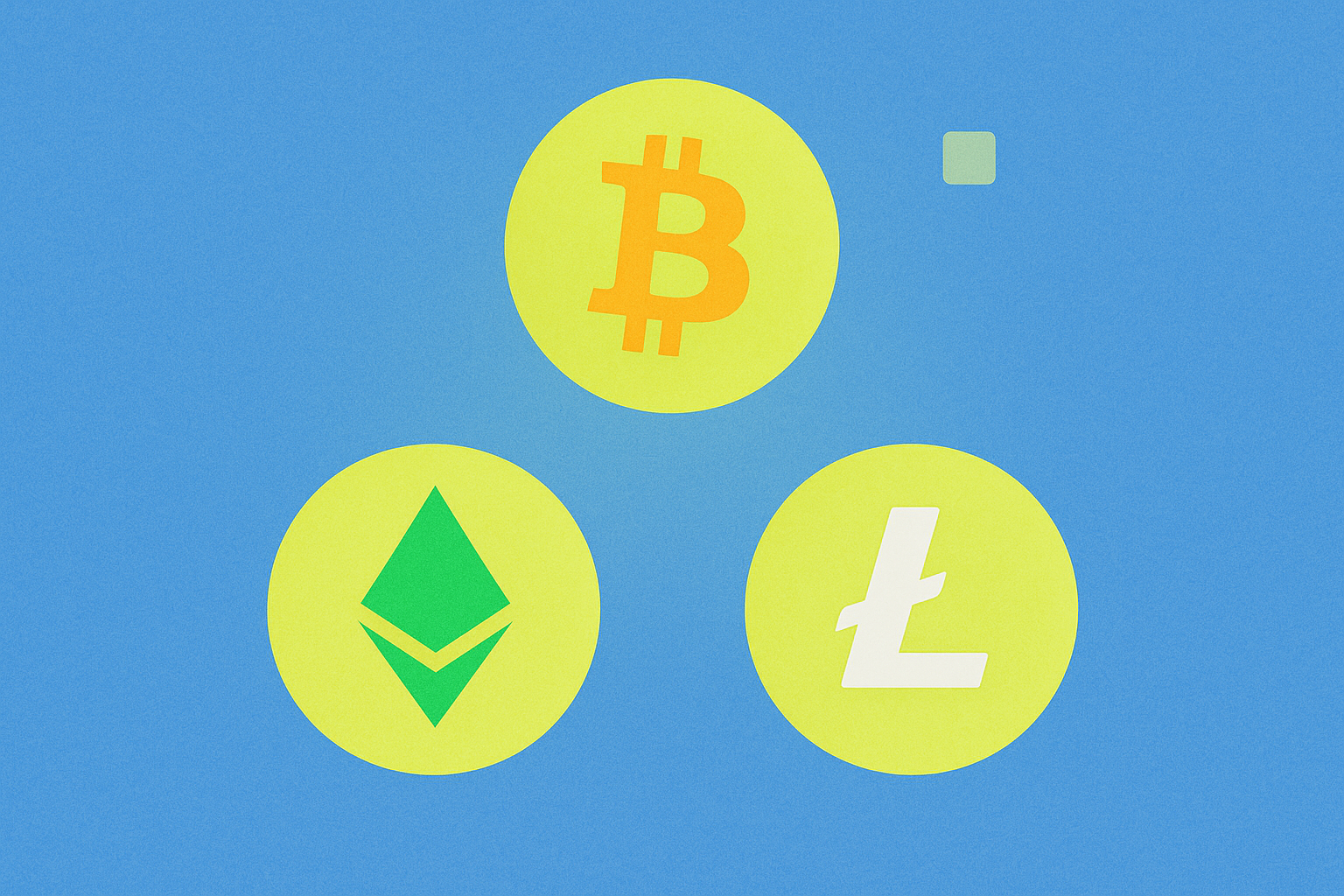Solayer: Merkezi Olmayan Bulut Depolama İnovasyonu

Önsöz
Solayer, Solana blok zinciri üzerine inşa edilmiş merkezi olmayan bir yeniden kazanç platformudur, ağ güvenliğini ve ölçeklenebilirliğini artırmaya adanmıştır. SOL jetonlarını yeniden kazanarak ve Solana ekosistemindeki merkezi olmayan uygulamalar için verimli bir işletim ortamı sağlayarak.
Solayer Tanıtımı

Solayer, kullanıcılara SOL veya Solana tabanlı likit staking tokenları (LST) staking yapma imkanı sunar ve yeniden stake edilmiş varlıkları temsil eden sSOL token'ları alırlar. Bu sSOL token'ları, Sonic, HashKey Cloud ve Bonk ekosistemi gibi çeşitli Aktif Doğrulama Hizmetleri'ne (AVS) deleGated edilebilir ve Solana ağının uzlaşma işlemini destekler.
İşletme Mekanizması
Solayer'ın çekirdeği üç ana bileşeni içerir:
- Re-Staking Havuz Yöneticisi, kullanıcı varlıklarını almak ve sSOL çıkarmakla sorumludur;
- DeleGate yöneticisi ağ güvenliğini sağlamak için farklı AVS'lere sSOL tahsis eder;
- Ödül muhasebe birimi, kullanıcı ödüllerini hesaplar ve sadakat programlarını ve havadan bırakmaları destekler.
Ayrıca, Solayer, likiditeyi artırmak ve işlem maliyetlerini azaltmak için tek bir sSOL/SOL havuzu tasarımı kullanır.
Temel Teknik Özellikler
Solayer, verilerin küresel düğümler arasında dağıtıldığı merkezi olmayan bir depolama mimarisi benimsemekte ve veri güvenliğini ve değiştirilemezliğini sağlamaktadır. Platform, kullanıcı veri gizliliğini sağlamak için gelişmiş şifreleme teknolojisi kullanmakta olup, anahtarları kullanıcılar tarafından kontrol edilmekte ve üçüncü tarafların izinsiz erişimini önlemektedir.
Ölçeklenebilirlik ve Verimlilik
Solayer'ın dağıtılmış mimarisi hızlı ölçeklenebilirliği destekler ve depolama kapasitesini esnek bir şekilde kullanıcı ihtiyaçlarına göre ayarlayabilir. Kullanıcı sayısı ve veri hacmi arttıkça, platform büyük ölçekli uygulamalar için uygun, istikrarlı ve verimli depolama hizmetleri sağlayabilir.
Token Ekonomisi
LAYER jetonu, 1 milyarlık toplam arzı olan Solayer ekosisteminin çekirdeğidir. Jeton, depolama hizmet ücretlerini ödemek, yönetişime katılmak ve staking ödüllerine katılmak, ekosistemin sağlıklı gelişimini teşvik etmek için kullanılır.
Gelecek Görünümü
Solayer, ekosistemi genişletmeye devam etmeyi ve daha fazla kullanıcı ve geliştiricinin katılmasını sağlamayı planlıyor. Blok zincir teknolojisinin popülerleşmesi ile Solayer, veri depolama alanında önemli bir merkezi olmayan çözüm haline gelecek ve küresel kullanıcılara güvenli ve verimli hizmetler sunacak.
Özet
Solayer, yenilikçi merkezi olmayan bulut depolama teknolojisi ve güçlü güvenlik ve esnek fiyatlandırma modelleri ile geleneksel bulut depolama peyzajını değiştiriyor. Açık ekosistemi ve kullanıcı kontrollü tasarımı, veri depolamanın geleceğinde önemli bir rol oynamaktadır.

2025 Yılında Yatırım Yapılacak En İyi Kripto

Solana2025 fiyat tahmini: çığır açan potansiyel ve çoklu analiz yorumu

Solana'nın 2025 yılındaki piyasa değeri ne olacak? En Son SOL Token Analizi

2025'te Solana Nasıl Satın Alınır: En İyi Borsa ve Cüzdan Kurulum Rehberi

Solana 2025: Ekosistem yükselişi ve Blok Zinciri ölçeklenebilirlik analizi

Solana nedir ve nasıl çalışır: 2025 Blockchain Teknolojisi Analizi

Dropee Günlük Kombinasyonu 9 Aralık 2025

Tomarket Günlük Kombinasyonu 9 Aralık 2025

Web3 Dünyasında Gerçek Varlıkların Tokenleştirilmesi Fırsatlarını Keşfedin

Lüks tutkunlarına özel, yat konseptli NFT koleksiyonlarını keşfedin

Verimli Kripto Musluk Yönetimi İçin En İyi Araçlar





